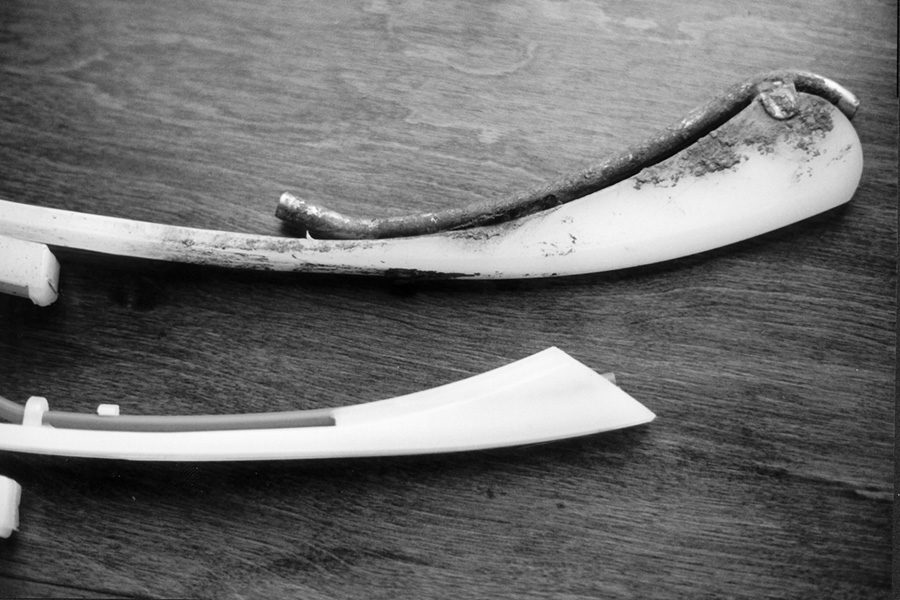No-Till Farmer
Get full access NOW to the most comprehensive, powerful and easy-to-use online resource for no-tillage practices. Just one good idea will pay for your subscription hundreds of times over.

With earlier no-tilling and seeding into wet soils, many no-tillers across the Corn Belt have seen a buildup of mud on Keeton seeding attachments.
Ed Winkle, a crop consultant and veteran no-tiller from Blanchester, Ohio, says the mud buildup and resulting drag on the molded plastic tail often becomes more severe with mid-April no-tilling and mellower soils that develop over several years of no-tilling. Some no-tillers even suspect the units drag seed at the beginning of a row.
“Depending on the soil temperature and time of day, the liquid fertilizer or insecticide that you are running in the seed firming unit’s tube tends to draw in moisture,” he says. “That really aggravates the problem and can lead to mud balling up on the molded plastic tail.”
Data collected by crop consultants and seed companies indicates using these devices can result in an extra 5 to 12 bushels per acre of no-tilled corn.
Winkle says no-tillers have run these attachments with cut-off tails over as many as 6,000 acres without increased wear. “In fact, we don’t know why the designers added all the molded plastic in the first place as you don’t need it in most of our fields,” he adds. “This modified plastic tail will not ball up with soil and will still be able to pinch the seed into the V-slot.”
Kevin Reed of Washington, Iowa, finds cutting the tails is not an exact science. He recommends cutting the tail on an angle with a hacksaw…